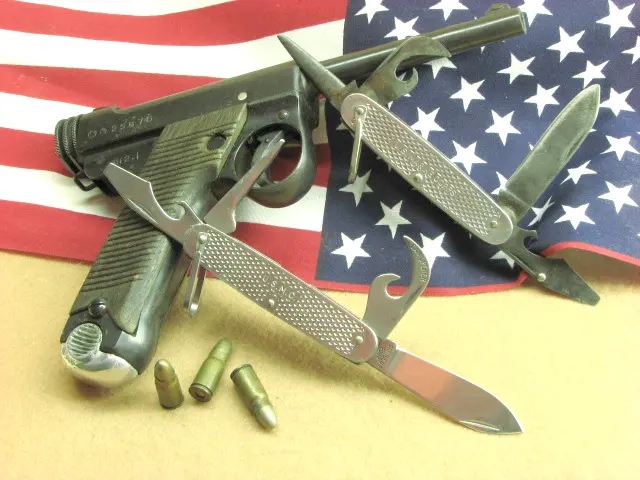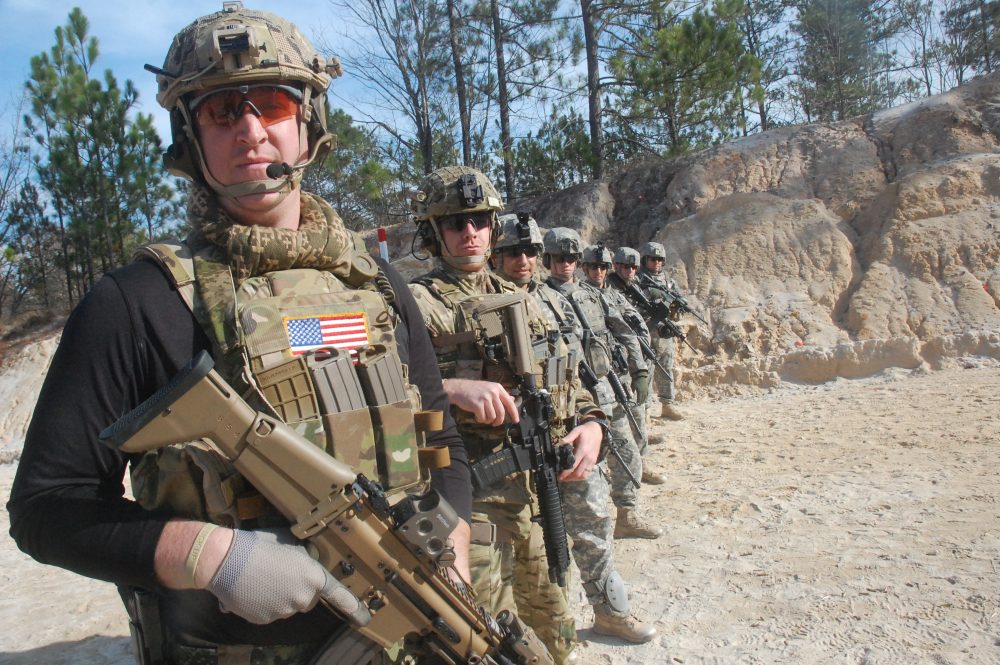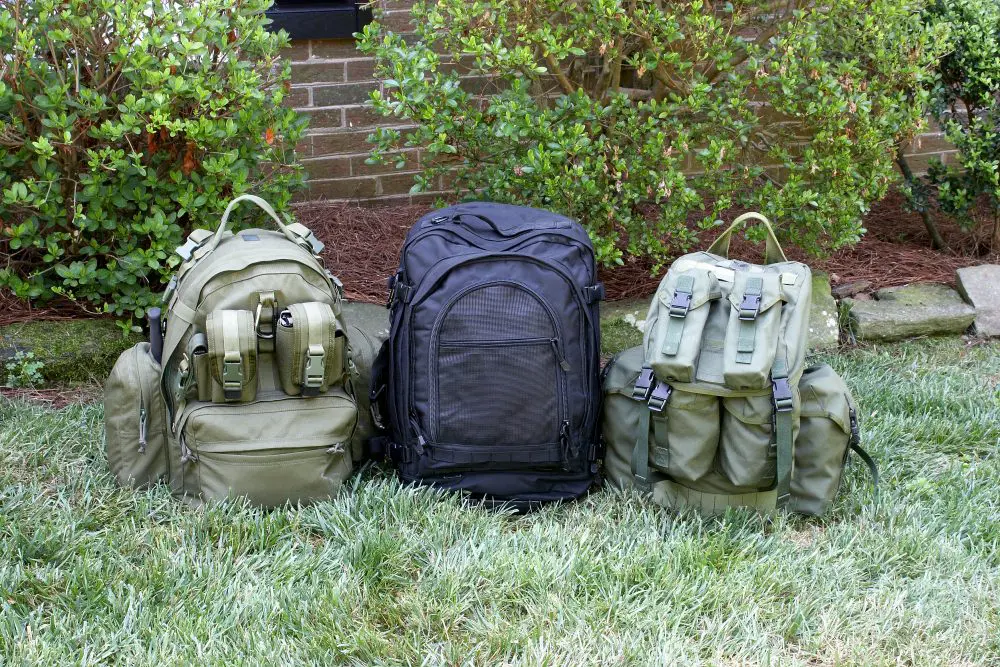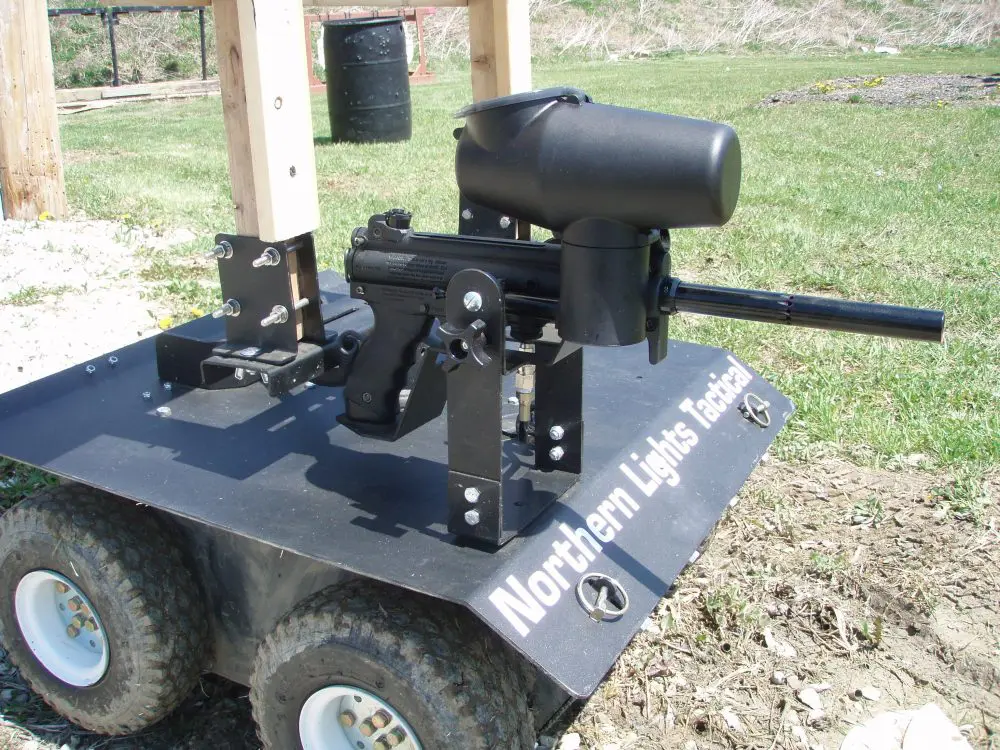Advocates of making U.S. gun laws even more restrictive than they are now are becoming increasingly concerned about what they call “ghost guns”—guns not built in factories by the “gun industry,” but in basement and garage workshops by individual gun owners (or at least soon-to-be gun owners).
While this has always been possible, the advent of consumer-grade CNC (computer numerical controlled) milling machines and 3D printers has made it possible for even people with no particular skill at gunsmithing or metalworking to build effective fighting arms. The falling costs and increasing capability of these machines are dramatically expanding access to the capacity to arm oneself without government permission.
A typical path for someone who wants to build a firearm in order to have one of which there is no government record is to buy a consumer-level CNC milling machine, like the “Ghost Gunner,” available for well under $2,000, and an “80% complete” AR-15 lower receiver. Since by government definition, the lower receiver is the gun, the ability to make one is tantamount to the ability to make a complete firearm, because the other parts are not subject to any laws.
And the government has decided that at 80% complete, a lower receiver is nothing more than a hunk of metal and/or polymer and thus also not subject to regulation.
And to gun-hating, big-government-loving “progressives,” this is intolerable, because it threatens to render nearly all approaches to so-called “gun control” increasingly irrelevant.
How, for example, would requiring a criminal background check on every prospective gun buyer block a “prohibited person’s” ability to acquire guns if he can bypass the need to buy guns by making them? How would banning sales of so-called “assault weapons” or “high-capacity” magazines deter those who really want them if they can make them at home? What is the point of requiring all commercially produced firearms to be permanently marked with unique serial numbers if anyone who wants one can outfit himself with an untraceable firearm?
The short answer is that these laws cannot accomplish their proponents’ goals in a reality in which the capability to make one’s own firearms is so pervasive. Oh sure, they can try. They can decide that an 80% complete receiver is close enough to complete to require regulation after all, and so uncontrolled commerce of receivers would be restricted to, say, 70%.
But with a bit of adjustment, the same technology that allows people to complete the 80% receivers could be refined to allow completing 70% complete ones. Or 60%, or 50%, until the only way for the government to pursue this any further would be to require background checks for the purchase of a plain billet of aluminum.
And gun-ban zealots have begun to realize this. After a rampage in California—which has some of the most draconian gun laws in the U.S.—left five dead last November, it was discovered that the shooter, who had a long history of violence and mental illness, had easily sidestepped his inability to legally buy firearms by making them.
The Giffords Law Center To Prevent Gun Violence, founded by former Congresswoman Gabrielle Giffords (D-AZ), attempted to exploit this atrocity in order help stuff the genie of home gun manufacture back into the bottle. But they knew they could do little on that front with legislation.
Instead, their attorneys attempted to pressure internet service providers to discontinue hosting websites like GhostGunner.net and GhostGuns.com, which sell the tools and parts required for manufacture of “ghost guns.” The ISPs, noting that their clients are breaking no laws, have so far shown little interest in honoring that request.
I tend to stay away from the term “gun control,” instead preferring “forcible citizen disarmament,” but I can’t deny that the older term is quite accurate in one respect. What gun-ban zealots most desperately desire is control, specifically control over every facet of private citizens’ gun ownership and use.
When “we the people” can make effective firearms and accessories at home and without government permission, that control is gone. They are beginning to see the danger their authoritarian ambitions are in, but do not seem close to a solution on what to do about it. This is a very good thing for America.
The gun-ban lobby is terrified of “ghost guns,” when their concern should be for the ghosts of the millions of forcibly disarmed citizens murdered by their own governments in the past century.
A former paratrooper, Kurt Hofmann was paralyzed in a car accident in 2002. The helplessness inherent to confinement to a wheelchair prompted him to explore armed self-defense, only to discover that Illinois denied that right. This inspired him to become active in gun rights advocacy.





